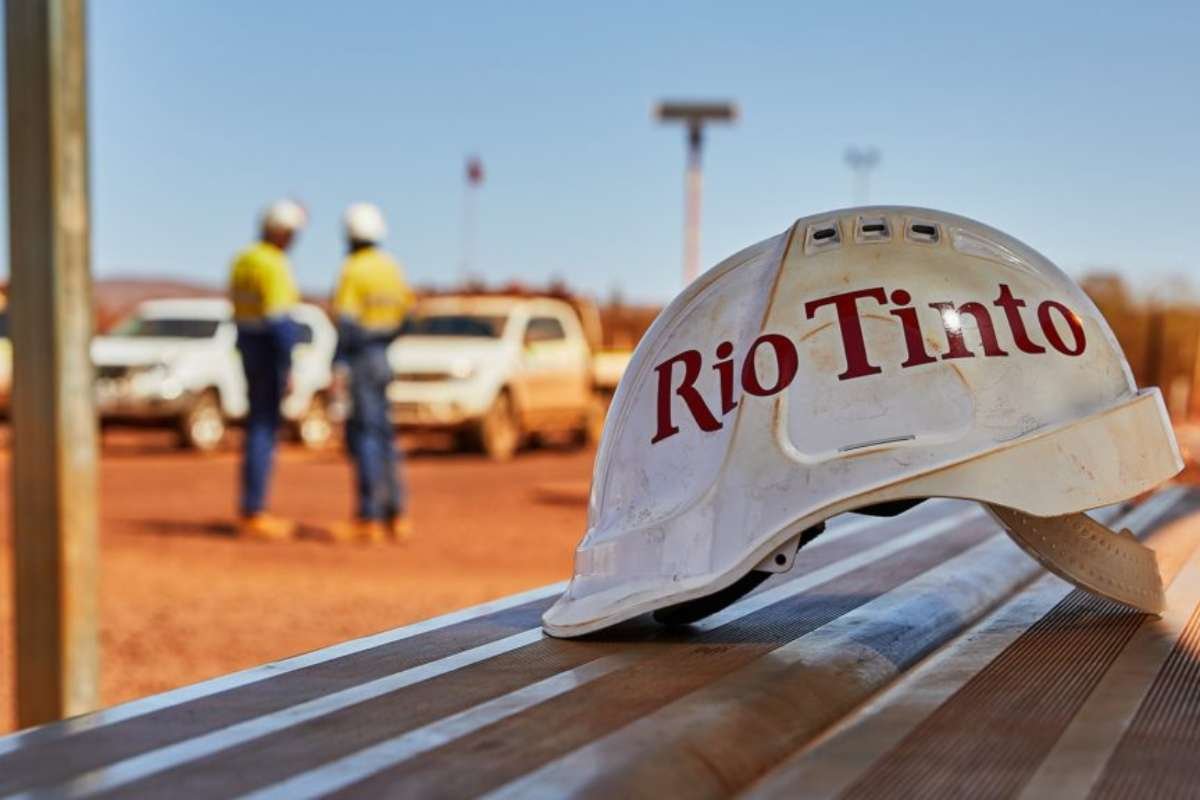Major Merger Talks Emerge but Fall Through
Rio Tinto and Glencore, two giants of the global mining industry, engaged in preliminary discussions last year about a potential merger or partial business combination, according to insiders. The talks, which occurred as recently as October, did not progress to a deal, marking the latest in a series of high-profile but unrealized merger attempts in the sector. A full merger between Rio Tinto, with a market capitalization of $103 billion, and Glencore, valued at $55 billion, would have been one of the largest transactions in mining history.
These discussions followed BHP’s unsuccessful $39 billion bid for Anglo-American earlier in the year, which had prompted rivals to explore strategic options. BHP’s interest in Anglo’s copper assets highlighted the growing demand for metals essential to renewable energy and electric vehicles, a theme driving similar merger considerations across the industry. However, challenges related to Glencore’s coal assets, which conflict with Rio Tinto’s focus on decarbonization, created hurdles for the potential deal.
Decarbonization and Divergent Strategies in Focus
As the energy transition accelerates, mining companies are increasingly prioritizing metals like copper and lithium, which are critical for renewable energy and battery technologies. Rio Tinto and Glencore have been pursuing different strategies in this evolving landscape. Rio Tinto has been actively shifting away from coal, selling its coal assets in recent years, and investing in projects like its $7 billion acquisition of Arcadium Lithium in 2023. This aligns with the company’s strategy to counter slowing demand for iron ore, particularly from China, by boosting exposure to future-facing commodities.
Glencore, on the other hand, has retained its significant coal portfolio despite earlier plans to spin off these assets into a separate business. Analysts and investors expressed concerns that this divergence in strategies could complicate any potential merger. Some suggested that Glencore’s coal business might be spun off as part of a deal, though limited synergy benefits between the two companies left investors skeptical about the rationale for such a merger.
Matthew Haupt of Wilson Asset Management, a shareholder in Rio Tinto, remarked that the deal made little sense given Rio’s decarbonization efforts. Meanwhile, analysts like Glyn Lawcock of Barrenjoey emphasized the importance of asset diversification and scale over direct operational overlaps in such a transaction.
Investor Reactions and Industry Outlook
Investor responses to the news of the discussions were mixed, with Rio Tinto’s Australia-listed shares briefly dipping by 1.8% before recovering slightly. Portfolio managers such as Ray David of Blackwattle Investment Partners praised Rio’s decision to remain cautious and avoid overpaying for Glencore, highlighting the importance of disciplined management in a consolidating market.
The broader mining industry has seen heightened deal-making activity as companies strive to secure materials essential for the global shift toward cleaner energy. However, Rio Tinto and Glencore’s prior rejection of Glencore’s 2014 takeover bid and its recent reluctance to proceed with a merger underscore the challenges of aligning strategic priorities.
Despite the aborted talks, Rio Tinto continues to focus on strengthening its portfolio in renewable energy metals, reflecting the broader trend of the industry adapting to the demands of decarbonization. Meanwhile, Glencore’s reputation for aggressive deal-making remains a point of contention for potential partners, leaving the path to consolidation fraught with complexities.









